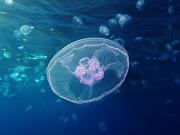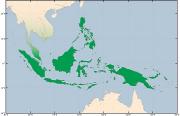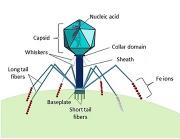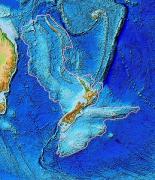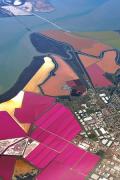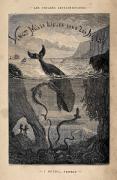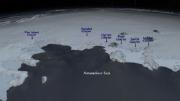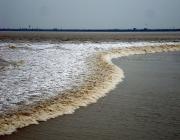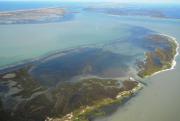Radio Program
Our regular Science and the SeaTM radio program presents marine science topics in an engaging two-minute story format. Our script writers gather ideas for the radio program from the University of Texas Marine Science Institute's researchers and from our very popular college class, Introduction to Oceanography, which we teach to hundreds of non-science majors at The University of Texas at Austin every year. Our radio programs are distributed at to commercial and public radio stations across the country.
Researchers have given pacemakers to moon jellyfish. That makes the jellyfish swim faster. And in the future, similar devices may allow scientists to control the jellyfish -- turning them into deep-sea explorers.
For the jellyfish experiment, scientists placed a tiny probe in the bells of moon jellyfish. These creatures are found in oceans all over the world, from the tropics to much colder regions. They’re big -- the size of a dinnerplate or bigger. And you can see right through them.
The phrase “Maritime Continent” sounds like an oxymoron. One word refers to the oceans, the other to land. Yet it’s a name that oceanographers and climate scientists have applied to a region around Southeast Asia. That’s because there’s a strong interaction between land and sea there -- an interaction that affects the climate of the entire planet.
If you swallow a mouthful of seawater, you’ll down a good supply of minerals, the wastes of lots of marine creatures, and tens of thousands of bacteria. And for good measure, you’ll get millions of viruses. Fortunately, they’re not likely to be harmful to people. But they can have a big impact on marine life.
Biologists have identified about 800 species of “hard” corals -- the kind that build reefs. And examples of three-quarters of them are found in a small wedge of the western Pacific Ocean known as the Coral Triangle. It’s home to almost a third of all the reefs on the entire planet.
The Coral Triangle covers more than two million square miles, from the Philippines to Indonesia and east to the Solomon Islands, northeast of Australia. Although that’s a large area, it’s only about one and a half percent of Earth’s surface.
New Zealand may be the equivalent of the Rocky Mountains: the highest part of a continent. Unlike North America, though, the rest of New Zealand’s continent is hidden -- at the bottom of the Pacific Ocean.
The continent of Zealandia was first mentioned in 1995. It didn’t gain wide acceptance, though, until a couple of decades later, when a paper brought together the evidence of its existence.
If the Pink Panther is ever looking for a new home, he might pick a small village in southern France. Nearby ponds are filled with pink shrimp, pink flamingoes, and even pink water -- colored by microscopic organisms that thrive in a salty environment.
The ponds are built in a saltmarsh -- spongy ground that acts as a transition zone between land and sea. Tides ebb and flow across these zones, bringing in saltwater.
In June of 1870, readers in France were treated to the conclusion of one of the most exciting adventure stories of the century. It was the end of an underwater odyssey – the travels of Captain Nemo and his guests aboard the submarine Nautilus. It’s an adventure that’s been inspiring marine scientists, engineers, and others ever since.
The effects of our changing climate extend from main street to the ends of the Earth. Warmer air and oceans are melting the ice cap at the north pole, for example. And a recent study says the same thing is happening in the Antarctic.
In recent decades, the West Antarctic Ice Sheet has been melting at an increasing pace. It contains about six million cubic miles of ice. But glaciers on its edge are getting smaller. Scientists have suspected that global climate change is playing a role. But natural changes in the Pacific Ocean also change the rate at which the glaciers melt.
Surfers who want to spend a long time riding a single wave might not want to spend their time in Hawaii, Australia, or Portugal. Instead, they might want to surf up a river in China, where a single wave can last for more than an hour -- a wave known locally as the silver dragon.
When a hurricane heads ashore, everything in its path is in danger. But not everything suffers the same fate. One house may be blown away, while the one next door suffers little damage. And the same thing happens off shore. Some seagrass beds may be wiped out, for example, while others are left pretty much unscathed.
Researchers at the University of Texas Marine Science Institute studied what happened to seagrass beds when Hurricane Harvey roared ashore in Texas, in 2017.

